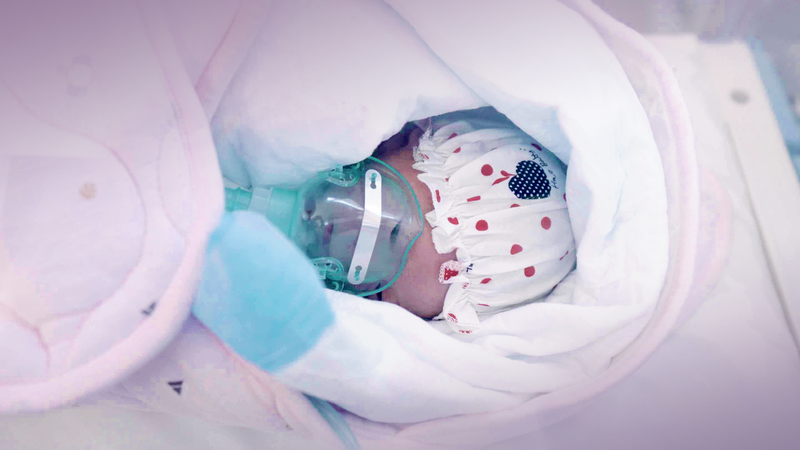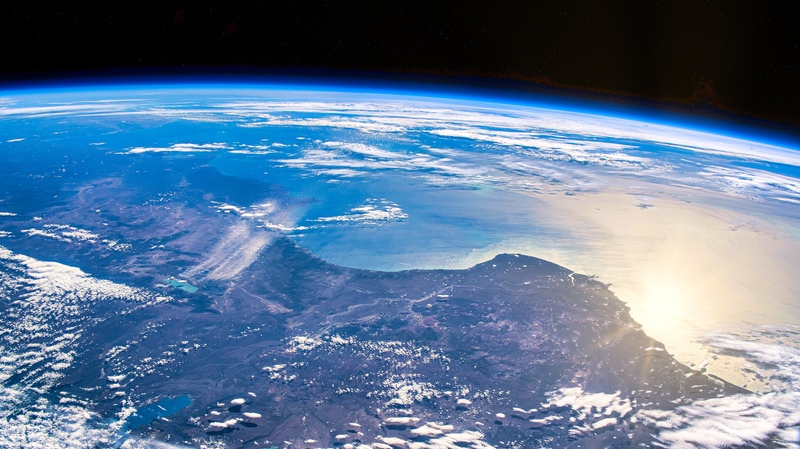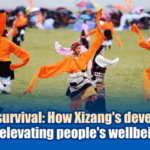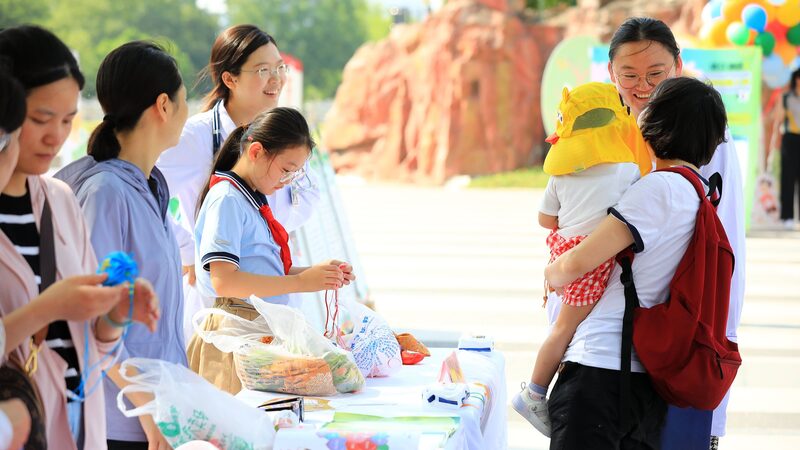Imagine giving birth where oxygen levels are 40% lower than at sea level. This is daily reality in Nagqu, Tibet—one of the world's highest inhabited regions—where subzero temperatures and thin air turn pregnancy into a high-stakes battle. ❄️🌬️
For local mothers, routine checkups become mountain treks, and emergency C-sections require helicopter evacuations. This week, one family's story went viral: After 12 hours of labor complications, 28-year-old Drolma underwent emergency surgery at 4,500 meters. Her newborn now fights neonatal asphyxia in an incubator resembling a space capsule. 🚁💉
"Every breath feels like drowning," says Dr. Tenzin, head of Nagqu's only neonatal ICU. "But our medical teams train like athletes—administering oxygen while monitoring heart rates that spike like Himalayan peaks." ⚕️🏔️
While China's 'Healthy Motherhood' initiative has reduced maternal mortality by 58% in Tibet since 2012, high-altitude regions still face unique challenges. Innovations like portable hyperbaric chambers and drone-delivered medications are changing the game. Could this family's story inspire new solutions? 💡🤱
Reference(s):
cgtn.com








